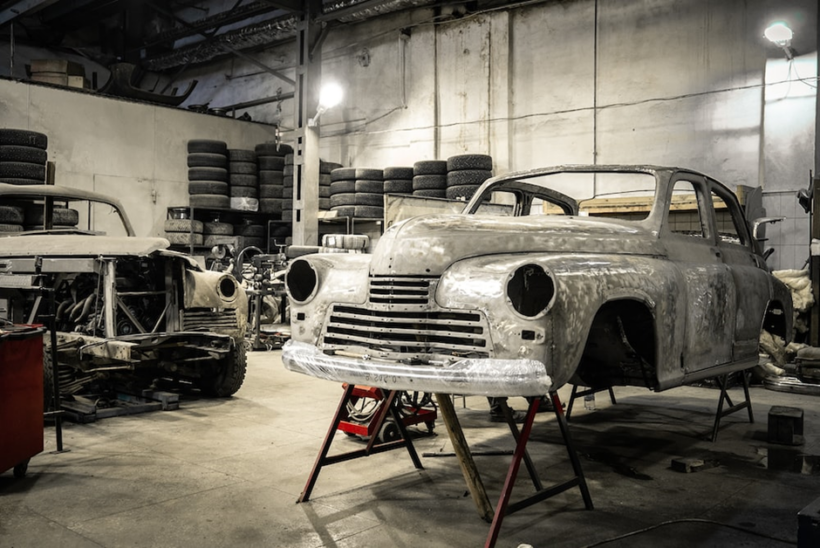Most car owners often think of car maintenance as changing engine oil and taking their cars occasionally for a wash. However, a car maintenance schedule should include paint checkups and repainting. Your car’s paint is the most external feature that defines its overall appearance. While car paint is designed to be durable and withstand wear or fading, it deteriorates gradually over time. You should book your car for a new paint job if you see any of the following issues:
1. Fading of Paint Shine
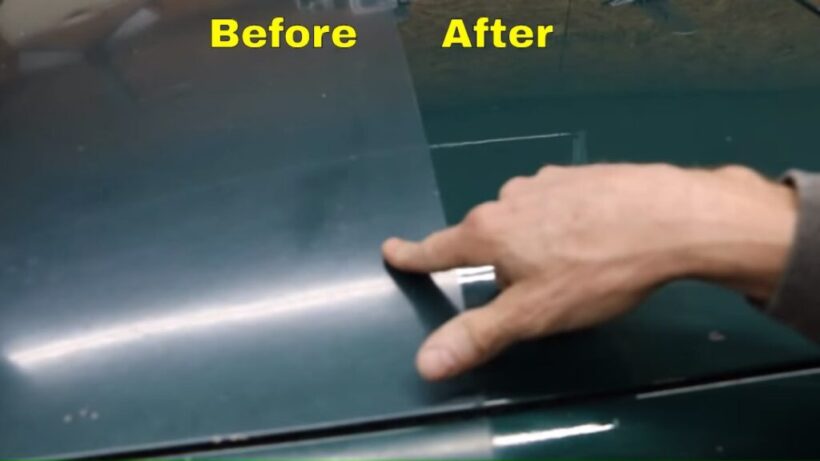
You should start searching for an auto body repair shop immediately after you notice a fade on your car’s paint job. Fading primarily occurs when the car’s paint starts losing its depth, vibrancy, and richness. Fading of car paint occurs in most cases when the clear coat starts breaking down.
The shine on car paints is often due to the clear coating. This coat acts as a magnifying glass or an amplifier that brings out the richness of the color underneath. However, the clear coat starts thinning with time, causing the paint to lose its brilliance or luster. Fortunately, you can prevent paint fading by applying a paint protection film. Click here to learn more about how it works. While sometimes clearly visible, use the following tips to determine if your car’s paint is slowly fading:
- Compare pictures of your car: Most car owners are daily drivers. It is also quite common for car owners to take photos of their vehicles. If you suspect the outer layer is fading, simply compare the current color to the picture on your phone.
- Review your car’s paint protection records: Fading also occurs due to thinning of the ceramic coating or car wax used to ideally protect your car’s paint. Car wax is applied on top of the clear coat to provide an extra layer of protection. Unfortunately, car wax wears out with time, making your paint look duller.
While these are general pointers, black and red colored vehicles tend to fade faster than other colors. These colors absorb a lot of UV radiation, causing faster coat wear than non-UV-attracting colors.
2. Serious Scratching
It is common for cars to suffer scratches on their paint job. Most minor scratches occur if the vehicle is washed using the wrong supplies or technique. Even automated car washes can cause marring on clear coating, plastic trims, and automotive glass. Fortunately, you don’t have to repaint the entire car for minor scratches.
They can easily be corrected by paint correction, which involves using a polishing compound with fine abrasive materials to remove the scratch. If the scratch is deep or has gone through the clear coating, you’ll need a complete repaint because of oxidation. Oxidation occurs when metallic car parts are exposed to water and oxygen.
3. Peeling Clear Coat
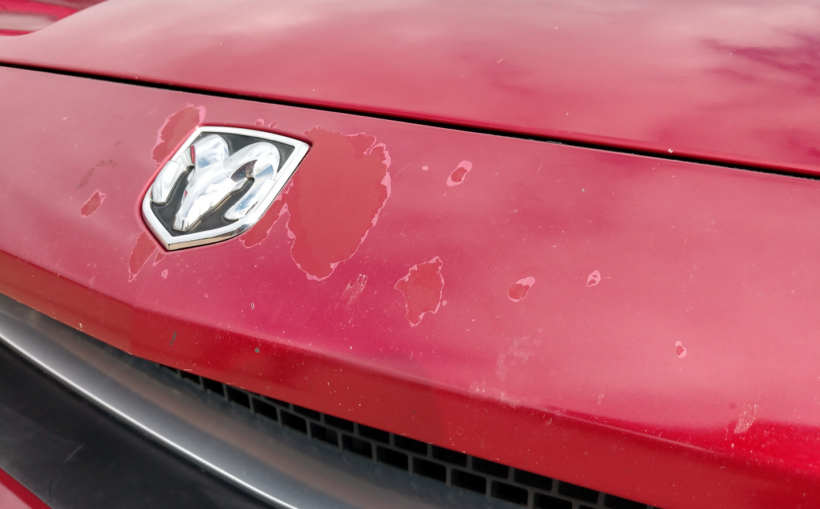
You should also book your vehicle for a paint job if the paint starts peeling. However, it isn’t the paint itself peeling in most cases but the outer clear coating. The clear coat degrades and starts thinning, causing it to peel off from the surface. Fortunately, unlike fading, you can identify the signs of a peeling coat early.
For starters, you’ll notice the formation of bubbles on the car’s surface. A clear sign of clear coating damage is the formation of spots that look like tiny bubbles on the surface. Bubbling often results from an oxidation process stirring between the clear coating and paint layers. Another major indicator of clear coat damage that will eventually peel is paint discoloration. You’ll notice certain spots or blotches of discoloration on the paint surface.
4. Accident
Small accidents on the road may lead to bigger problems later. If you are a daily driver, your car can easily get scratches that lead to paint cracking and bubbling. This leaves your vehicle exposed and vulnerable to rust that extends beyond the area with the scratch. A small scratch from an accident can cause whole body deterioration over time if left uncovered.
5. Rust
Cars are susceptible to rust, especially during winter. Salt and other insolvents used to keep winter roads clear can get into the metallic parts of the car through scratches or the underside. If you don’t clean the bottom of your car often, holes and scratches will expose your car to more vulnerabilities. Note that your paint job isn’t also safe during warm weather. Humid weather causes car paint to bubble, exposing the exterior parts to rust.
What to Know About Having Your Car Repainted
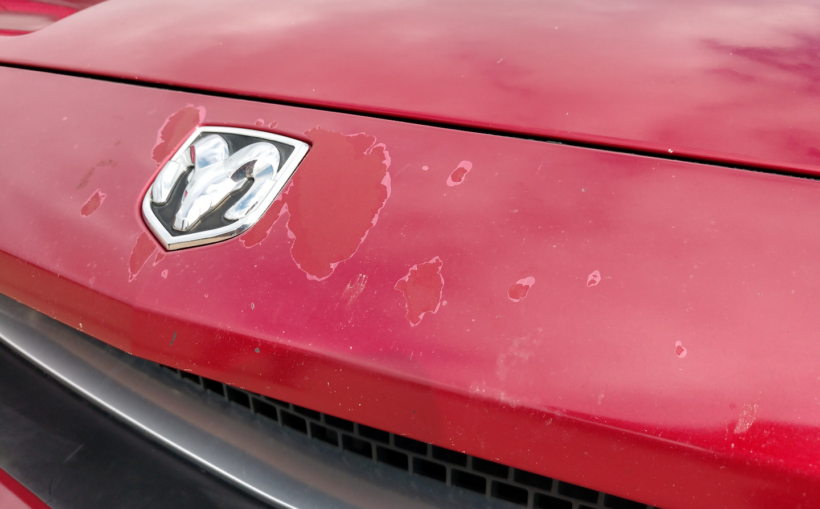
Before taking your car to the auto body shop, you should know some facts. Knowing these makes it easier to choose whether to repaint or not.
Car Paint Prices Vary
Prices for car paints vary depending on several factors. The total costs primarily depend on the amount of prep work required, the number of panels or parts to be painted, and the paint quality used. Your quotation should include the cost of everything that goes on before the paint job is done.Expect to splurge between $500 to $3000 for small to mid-sized cars for a basic paint job. However, a paint job using premium materials can cost up to $10,000.
New Paint Won’t Fix Other Problems
You should have realistic expectations when booking your vehicle for the paint job. Some paint jobs do more harm than good. For instance, painting over existing damage highlights the problem. For best results, all issues in your vehicle should be corrected before painting. Scratches, dents, rust spots, and holes should be corrected before repainting.
Painting Adds Vehicle Value
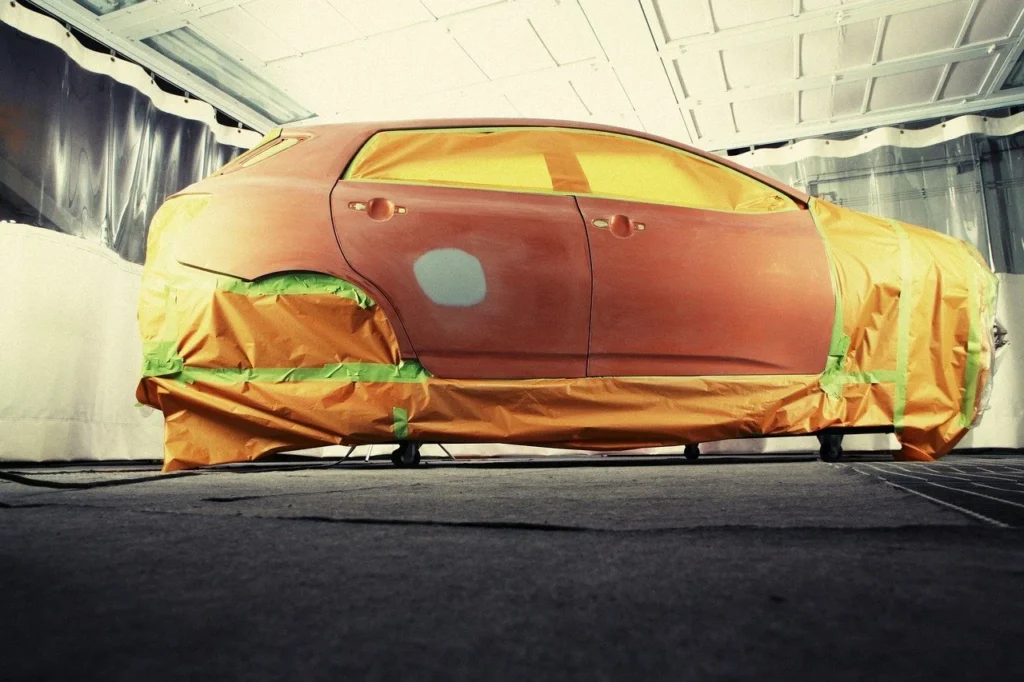
Most people paint their vehicles before selling them for good reasons. Quality paint gives the vehicle a new-like finish, which adds to its resale value. However, you should engage professionals and use quality paints to achieve this.
Endnote
Most people are concerned about when to book their cars for repainting. Some cars have obvious signs of needing a new paint job, like peeling, discoloration, or paint damage. However, you shouldn’t necessarily wait for these signs to repaint your vehicle. You should consider getting a paint job to change the color or simply feel it’s time for a new paint.

